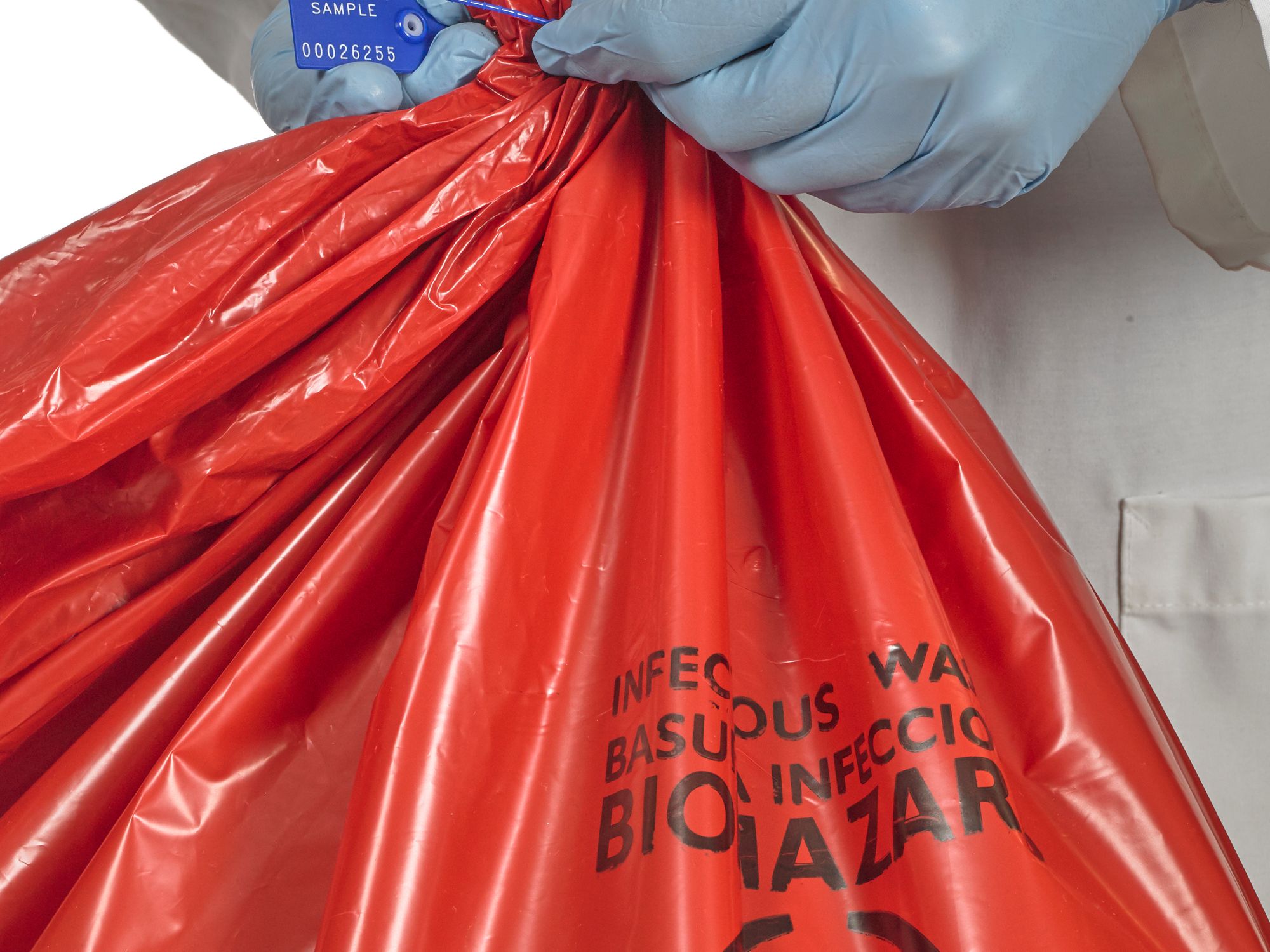Personal protective equipment

- PPE is specialized clothing or equipment, such as gloves, masks, and aprons, worn to protect against a hazard.
Personal protective equipment (PPE) is a key factor in controlling exposure to blood or other potentially infective materials (OPIM). PPE is specialized clothing or equipment worn by an employee for protection against a hazard.
Examples of PPE include:
- Gloves;
- Masks, eye protection, and face shields;
- Gowns, aprons, laboratory coats, clinic jackets, and similar outer garments;
- Surgical caps, hoods, and shoe covers or boots; and
- Mouthpieces, resuscitation bags, pocket masks, or other ventilation devices.
General work clothes (e.g., uniforms, pants, shirts, or blouses) not intended to function as protection against a hazard are not considered to be PPE. However, if laboratory jackets or uniforms are intended to protect the worker’s body or clothing from contamination, they’re considered PPE.
PPE is required when there’s occupational exposure after engineering and work practice controls are in place, and in situations when those controls aren’t feasible. The employer is responsible for providing appropriate and easily accessible PPE at no cost to the employee, and for laundering, decontaminating, maintaining, and replacing it as necessary.
Research labs and production facilities
Employers will want to note that human immunodeficiency virus (HIV) and hepatitis B virus (HBV) research labs and production facilities may have more stringent PPE requirements under 1910.1030(e).
